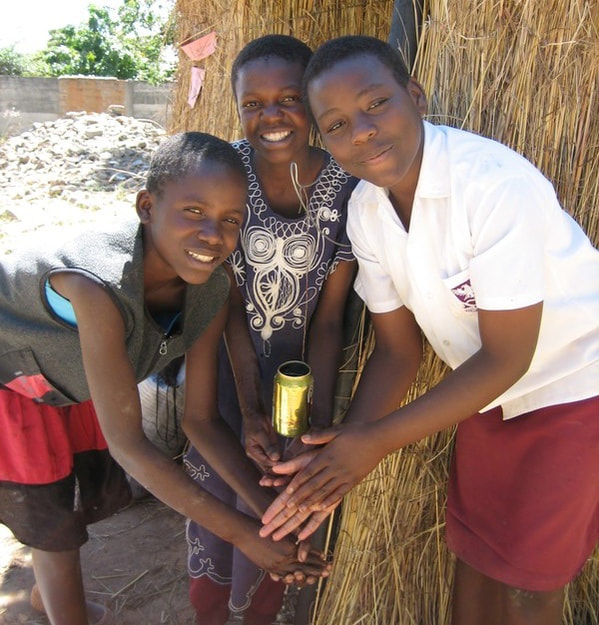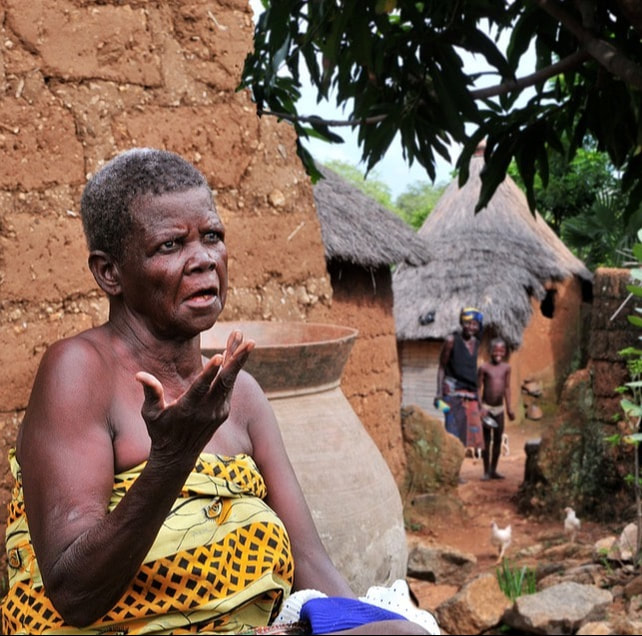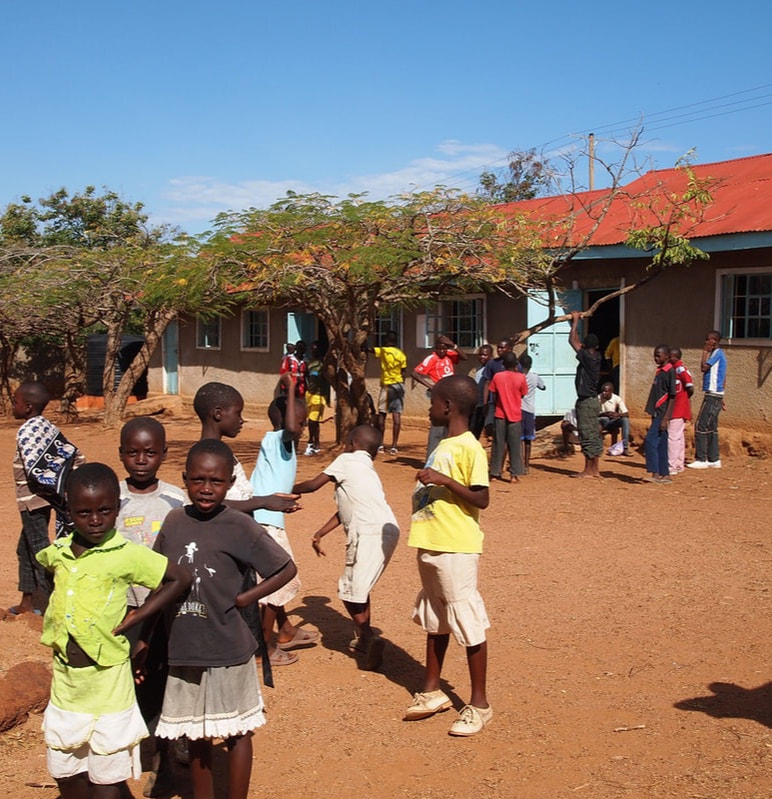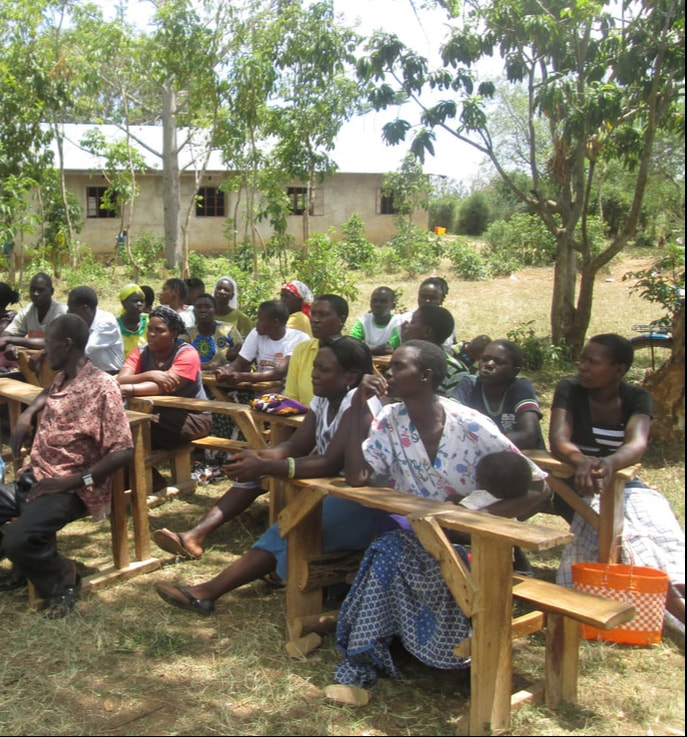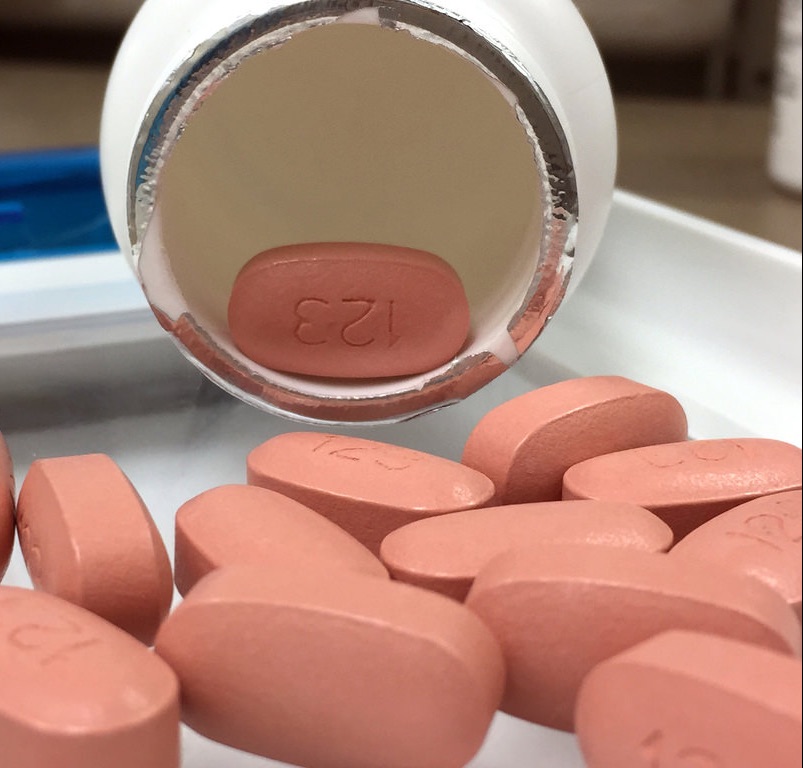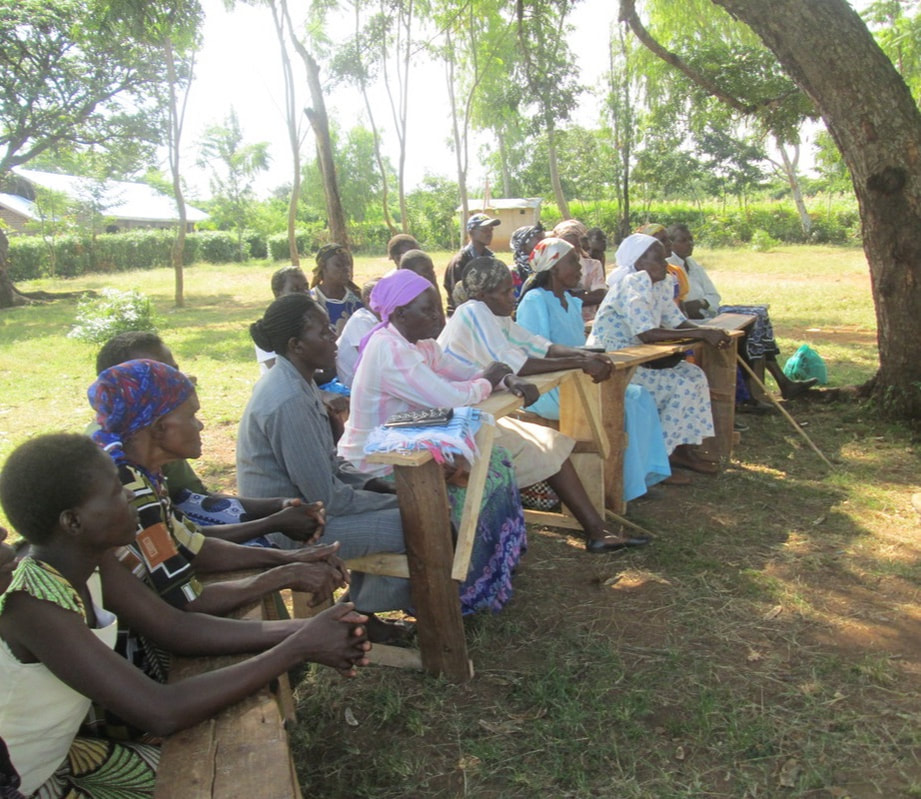Since 1998, the Manicaland Centre has completed a number of research studies to improve our understanding of how best to respond to trends in the spread, impact and control of the HIV epidemic in Zimbabwe
Cash transfers
|
A trial investigating the effects of cash transfers on the wellbeing of children living in vulnerable households.
In this trial, 30 communities were randomised to receive one of three programmes: a conditional cash transfer (CCT) - where conditions were attached to the cash transfers to ensure that child beneficiaries are sent to school and access basic health services; an unconditional cash transfer (UCT); or basic agricultural assistance (the control programme). Census questionnaires were used to evaluate the effects of the cash transfers on school attendance, vaccination status and birth registration. The results showed that both forms of CT improved school attendance and CCT also increased birth registration. Findings have been published in the Lancet, Social Science and Medicine and World Development. The study was funded by UNICEF. |
Female sex workers
|
A mixed methods study investigating the circumstances surrounding female sex workers in rural Zimbabwe.
Sex workers – defined broadly as women >17 years old who received money, goods or any form of material benefit in exchange for sexual intercourse – were enrolled into a 12 month cohort across four socio-economic areas in rural Zimbabwe. Biological and behavioural data were collected. Two methods were used to recruit women: avenue-based strategy; and a modified snowball. Women were asked questions for 20-30 minutes in a face-to-face interview delivered either onsite in venues or at an arranged meeting time. The population size from the census was triangulated with a capture-recapture survey and with the prevalence of reporting on a general population survey. Depending on the definition used, sex workers make up between 5.9% and 7.2% of the general female population according to the study data. This is slightly higher than, but comparable to a general population estimate of 4.7%. The venue-based population was estimated as 1.36%. Research into the payments for sex revealed a 27% price reduction for sex when a client requests a condom. Client preferences determine whether a condom will be used or not. The study was funded by the Wellcome Trust. |
HIV, demographic changes and patterns of childhood infections
|
Assessing the impact of demographic changes on infectious diseases transmission and control.
This study - done in collaboration with researchers from the University of Bocconi - evaluated the short and medium term impact that demographic changes, such as fertility decline, urbanisation, mortality decline and the additional demographic impact of the HIV/AIDS epidemic, had on the transmission of critical childhood infections and, consequently, on morbidity and mortality. The study produced a new generation of epidemiological models capable of studying the potential implications of these demographic changes on long-term trajectories of infectious diseases and of control strategies. The study was funded by the European Research Council. |
HIV Competent schools
|
Examining how schools in Africa can help HIV-affected children cope with disease and poverty.
Schools with varying levels of success in promoting the inclusion and support of children affected by HIV and poverty were examined through detailed qualitative case studies – using a mix of qualitative research methods - to generate detailed accounts of 'best and worst practice' in relation to inclusion and support of vulnerable pupils. Quantitative analyses of survey data were used to examine the contribution of schools to supporting the well-being of children affected by HIV. The study identified a range of factors optimising children's inclusion, support, health and education. The study was funded by ESRC and DFID. |
Church groups and stigma
|
Exploring how community conversations can facilitate safe social spaces for church group members to address stigma.
Community conversations were held with 60 members of the Apostolic, Anglican and Roman Catholic Churches, to discuss possible strategies for tackling stigma. The research included understanding factors that would facilitate or hinder church-goers in putting these strategies into action. The study found that community conversations provide participants with opportunities to formulate and implement a range of creative plans to tackle stigma in their communities.
The study was conducted by a Zimbabwean PhD student and was funded by the Wellcome Trust. |
AIDS mortality following the introduction of ART services
|
Estimating the relative contribution of undiagnosed HIV, untreated HIV, treatment failure or side-effect, and treatment drop-out to overall and HIV-associated mortality.
Timely progression of people living with HIV (PLHIV) from the point of infection through the pathway from diagnosis to treatment is important in ensuring effective care and treatment of HIV and preventing HIV-related deaths and onwards transmission of infection. Reliable, population-based estimates of new infections are difficult to obtain for the generalised epidemics in sub-Saharan Africa. Mortality data indicate disease burden and, if disaggregated along the continuum from diagnosis to treatment, can also reflect the coverage and quality of different HIV services. Neither routine statistics nor observational clinical studies can estimate mortality prior to linkage to care nor following disengagement from care. For this, population-based data are required.
The Network for Analysing Longitudinal Population-based HIV/AIDS data on Africa brings together studies in Kenya, Malawi, South Africa, Tanzania, Uganda, and Zimbabwe. Eight studies, including the Manicaland Centre in Zimbabwe, contributed data to estimate mortality by HIV status, and to estimate mortality at different stages of the HIV care continuum. Among PLHIV, the dataset provided information on survival during different periods: prior to diagnosis of infection; following diagnosis but before linkage to care; in pre-antiretroviral treatment (ART) care; in the first six months after ART initiation; among people continuously on ART for 6+ months; and among people who have ever interrupted ART. |
Bottlenecks to ART
|
Understanding the bottlenecks to HIV care and treatment in sub-Saharan Africa.
This qualitative study was conducted in six sub-Saharan Africa countries and identified a range of contextual, social and health systems factors influencing the engagement of PLHIV with HIV care and treatment in seven health and demographic surveillance sites in sub-Saharan Africa.
The study was conducted in partnership with the ALPHA network at the London School of Hygiene and Tropical Medicine, and funded by the Bill and Melinda Gates Foundation. |
Community response to HIV
|
Building a robust pool of evidence on the effects of the community response to HIV along the care cascade.
This mixed methods study formed part of a multi-country study, coordinated by researchers from the World Bank, and explored the links between community mobilisation and HIV avoidance, and between community mobilisation and access to AIDS care and treatment. The study provided rare scientific evidence that community participation is associated with greater adoption of safer sexual behaviour and reduced HIV incidence in women, and is also associated with faster uptake of HIV testing and prevention of mother-to-child transmission of HIV services in a population subject to a large-scale HIV epidemic. Study findings were disseminated through a variety of channels, including briefings with community leaders, policy makers, researchers, and development partners.
The study was funded by the World Bank. |
